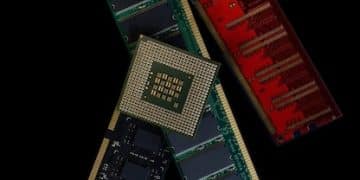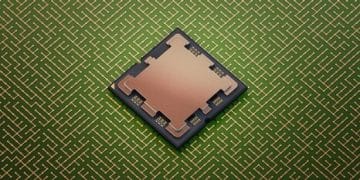NVIDIA RTX 6000 Series: Unveiling the Future Architecture in 2025
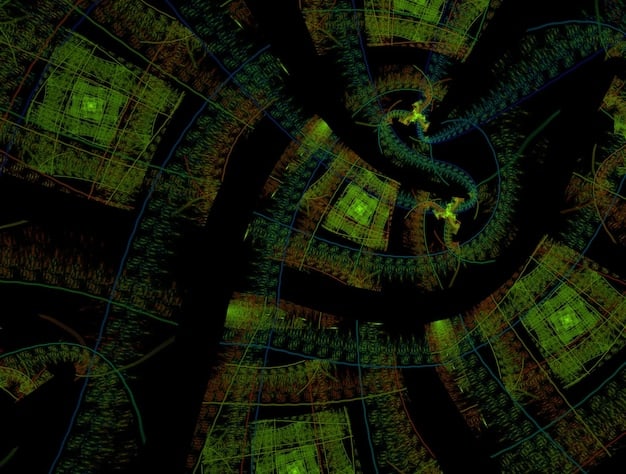
NVIDIA’s Next-Gen Architecture: What to Expect from the RTX 6000 Series in 2025 and Beyond explores the anticipated advancements in gaming and professional graphics, delving into potential specifications, performance improvements, and innovative features of the upcoming RTX 6000 series.
The anticipation surrounding **NVIDIA’s Next-Gen Architecture: What to Expect from the RTX 6000 Series in 2025 and Beyond** is already building among gamers and professionals alike. What innovations will define the next generation of graphics cards and how will they reshape the landscape of visual computing?
NVIDIA’s Next-Gen Architecture: A Glimpse into the Future
NVIDIA’s relentless pursuit of innovation in graphics processing has consistently pushed the boundaries of what’s possible. Looking ahead to 2025 and beyond, the RTX 6000 series promises to usher in a new era of performance and capabilities.
The Architectural Leap
It is likely that the RTX 6000 series will introduce a brand-new architecture, succeeding the Ada Lovelace architecture currently powering the RTX 40 series. This new architecture is expected to bring significant improvements in performance, efficiency, and features.
Enhanced Ray Tracing Capabilities
Ray tracing has become a defining feature of modern graphics cards, delivering unprecedented realism in lighting and shadows. The RTX 6000 series is expected to further enhance ray tracing capabilities, enabling even more immersive and lifelike gaming experiences.
- Improved RT Cores for faster ray intersection calculations.
- Advanced denoising techniques for cleaner ray-traced images.
- Support for new ray tracing features and algorithms.
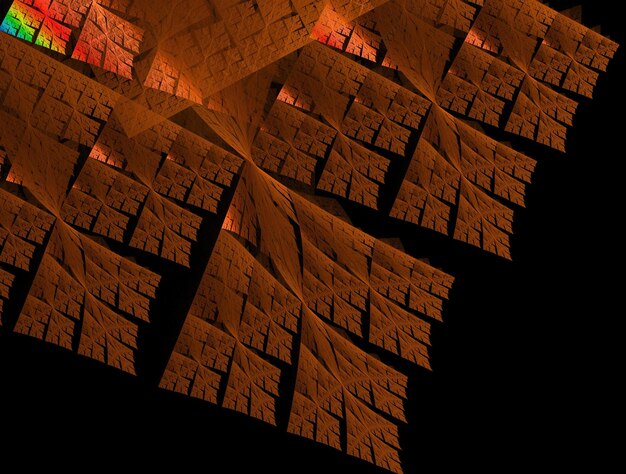
Overall, the anticipation for NVIDIA’s next-gen architecture is palpable, with expectations of groundbreaking advancements in performance, efficiency, and features. The RTX 6000 series promises to be a significant leap forward, setting a new standard for graphics cards in 2025 and beyond.
Potential Specifications and Performance Improvements
While concrete details about the RTX 6000 series are still scarce, speculations and industry trends can provide valuable insights into the potential specifications and performance improvements we can expect.
Increased Core Count and Memory Bandwidth
A higher core count typically translates to improved performance in parallel processing tasks, such as gaming and content creation. Similarly, increased memory bandwidth allows the GPU to transfer data more quickly, reducing bottlenecks and improving overall performance.
Optimized Power Efficiency
Power efficiency is becoming increasingly important for graphics cards, as it impacts both energy consumption and thermal management. The RTX 6000 series is expected to feature significant improvements in power efficiency, allowing for higher performance without excessive power draw.
- Advanced manufacturing processes for reduced power leakage.
- Optimized voltage and frequency scaling for improved energy efficiency.
- New power management techniques for minimizing power consumption during idle periods.
The performance improvements are expected to be substantial, potentially offering a significant generational leap over the RTX 40 series. This could translate to higher frame rates in games, faster rendering times in content creation applications, and improved performance in AI and machine learning workloads.
Innovative Features and Technologies on the Horizon
Beyond raw performance, the RTX 6000 series is also expected to introduce innovative features and technologies that further enhance the user experience and expand the capabilities of graphics cards.
Advanced AI-Powered Features
AI is playing an increasingly important role in graphics processing, enabling features such as DLSS (Deep Learning Super Sampling) and AI-powered noise removal. The RTX 6000 series is expected to incorporate even more advanced AI-powered features, further enhancing image quality and performance.
Next-Generation DLSS
DLSS has revolutionized gaming by allowing for higher frame rates without sacrificing image quality. The RTX 6000 series is expected to feature a next-generation DLSS technology, potentially offering even greater performance gains and improved image clarity.
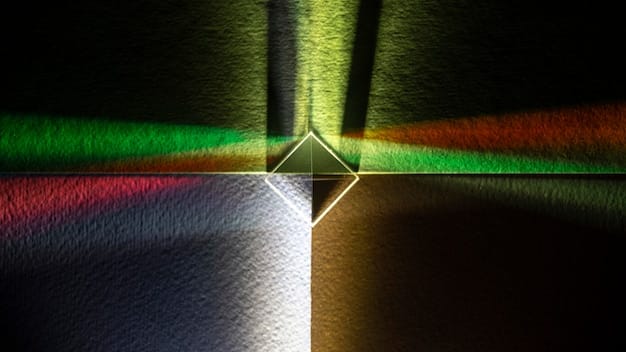
In conclusion, the RTX 6000 series is expected to be packed with innovative features and technologies, pushing the boundaries of what’s possible with graphics cards. These advancements could have a profound impact on gaming, content creation, and other visually intensive applications.
The Impact on Gaming: A New Level of Immersion
Gaming is undoubtedly one of the primary beneficiaries of advancements in graphics card technology. The RTX 6000 series is poised to deliver a new level of immersion, realism, and performance to gamers.
Higher Frame Rates and Resolutions
The RTX 6000 series is expected to enable gamers to play the latest titles at higher frame rates and resolutions, resulting in smoother, more responsive gameplay and more visually stunning graphics. This could be particularly important for competitive gamers who prioritize high frame rates for optimal performance.
Enhanced Visual Fidelity
With its enhanced ray tracing capabilities and AI-powered features, the RTX 6000 series is expected to deliver unprecedented visual fidelity, bringing games to life with realistic lighting, shadows, and reflections. This could create a more immersive and engaging gaming experience.
- More realistic lighting and shadows with advanced ray tracing.
- Improved image clarity and detail with next-generation DLSS.
- Enhanced visual effects and particle simulations.
The RTX 6000 series is expected to have a transformative impact on gaming, pushing the boundaries of realism and immersion. Gamers can look forward to a new era of visually stunning and highly responsive gaming experiences.
Professional Applications: Content Creation and Beyond
While gaming often takes center stage, the RTX 6000 series is also expected to be a powerful tool for professional applications, such as content creation, scientific visualization, and AI development.
Accelerated Rendering and Simulation
The RTX 6000 series’s increased core count and memory bandwidth are expected to significantly accelerate rendering and simulation tasks, allowing content creators to work more efficiently and produce higher-quality results. This could be particularly beneficial for tasks such as video editing, 3D modeling, and visual effects.
Improved AI and Machine Learning Performance
AI and machine learning are becoming increasingly important in a wide range of professional applications. The RTX 6000 series is expected to deliver improved performance in AI and machine learning workloads, enabling researchers and developers to train models more quickly and efficiently.
The RTX 6000 series is poised to be a valuable asset for professionals across a wide range of industries, empowering them to create, innovate, and solve complex problems with greater efficiency and speed. Its impact will extend far beyond gaming, shaping the future of content creation and scientific discovery.
The Competitive Landscape: AMD and Beyond
The graphics card market is a highly competitive space, with NVIDIA and AMD constantly vying for market share. The RTX 6000 series will undoubtedly face stiff competition from AMD’s upcoming offerings, as well as potential newcomers to the market.
AMD’s Next-Generation GPUs
AMD is expected to release its own next-generation GPUs to compete with the RTX 6000 series. These GPUs are expected to feature advancements in architecture, performance, and features, potentially offering a compelling alternative to NVIDIA’s offerings.
The Importance of Innovation
In a competitive market, innovation is key. NVIDIA and AMD will need to continue pushing the boundaries of graphics card technology to stay ahead of the competition and attract customers. This could involve developing new architectures, implementing innovative features, and optimizing for specific workloads.
- Continued advancements in ray tracing technology.
- Further integration of AI and machine learning.
- Focus on power efficiency and thermal management.
The competitive landscape will likely drive further innovation in the graphics card market, benefiting consumers with ever-improving performance, features, and value. It will be interesting to see how NVIDIA and AMD compete in the years to come.
| Key Feature | Brief Description |
|---|---|
| 🚀 New Architecture | Expected to bring significant performance and efficiency improvements over the previous generation. |
| 💡 Enhanced Ray Tracing | Improved RT Cores and denoising techniques for more realistic lighting and shadows. |
| 🧠 Next-Gen DLSS | Potentially offering greater performance gains and improved image clarity in games. |
| 🎮 Gaming Impact | Higher frame rates, resolutions, and visual fidelity for a more immersive gaming experience. |
Frequently Asked Questions
▼
While there’s no official release date, current expectations point towards a launch sometime in 2025. This is based on typical release cycles of NVIDIA’s high-end graphics cards, but timelines can shift.
▼
It’s challenging to provide exact numbers, but a significant generational leap is expected. This could mean substantial frame rate improvements in games, faster rendering times in content creation, and better AI performance.
▼
Optimized power efficiency is a likely focus. Expect advancements in manufacturing processes and power management techniques to deliver more performance without a massive increase in power consumption.
▼
Expect enhancements to ray tracing, potentially a new generation of DLSS, and other AI-powered features designed to improve image quality and performance in various applications.
▼
The competitive landscape is crucial. Keep an eye on announcements from AMD and independent benchmarks to truly assess how these cards stack up in performance, features, and pricing.
Conclusion
NVIDIA’s Next-Gen Architecture: What to Expect from the RTX 6000 Series in 2025 and Beyond promises a groundbreaking leap in graphics technology. While specific details remain under wraps, anticipation is building for significantly enhanced performance, innovative features, and a new level of immersion in gaming and professional applications. The innovations are poised to redefine the landscape of visual computing, promising a transformative impact across various industries.




